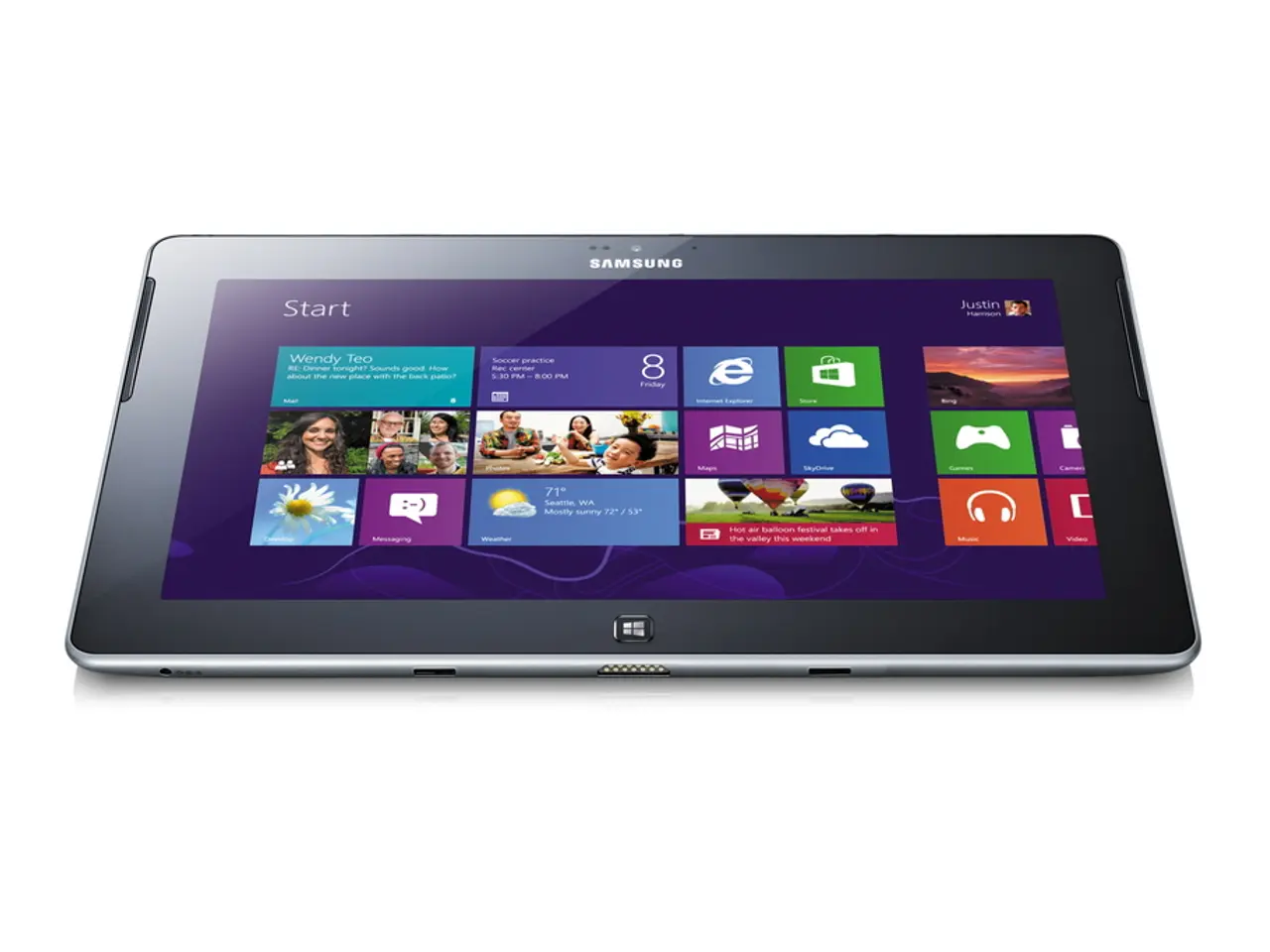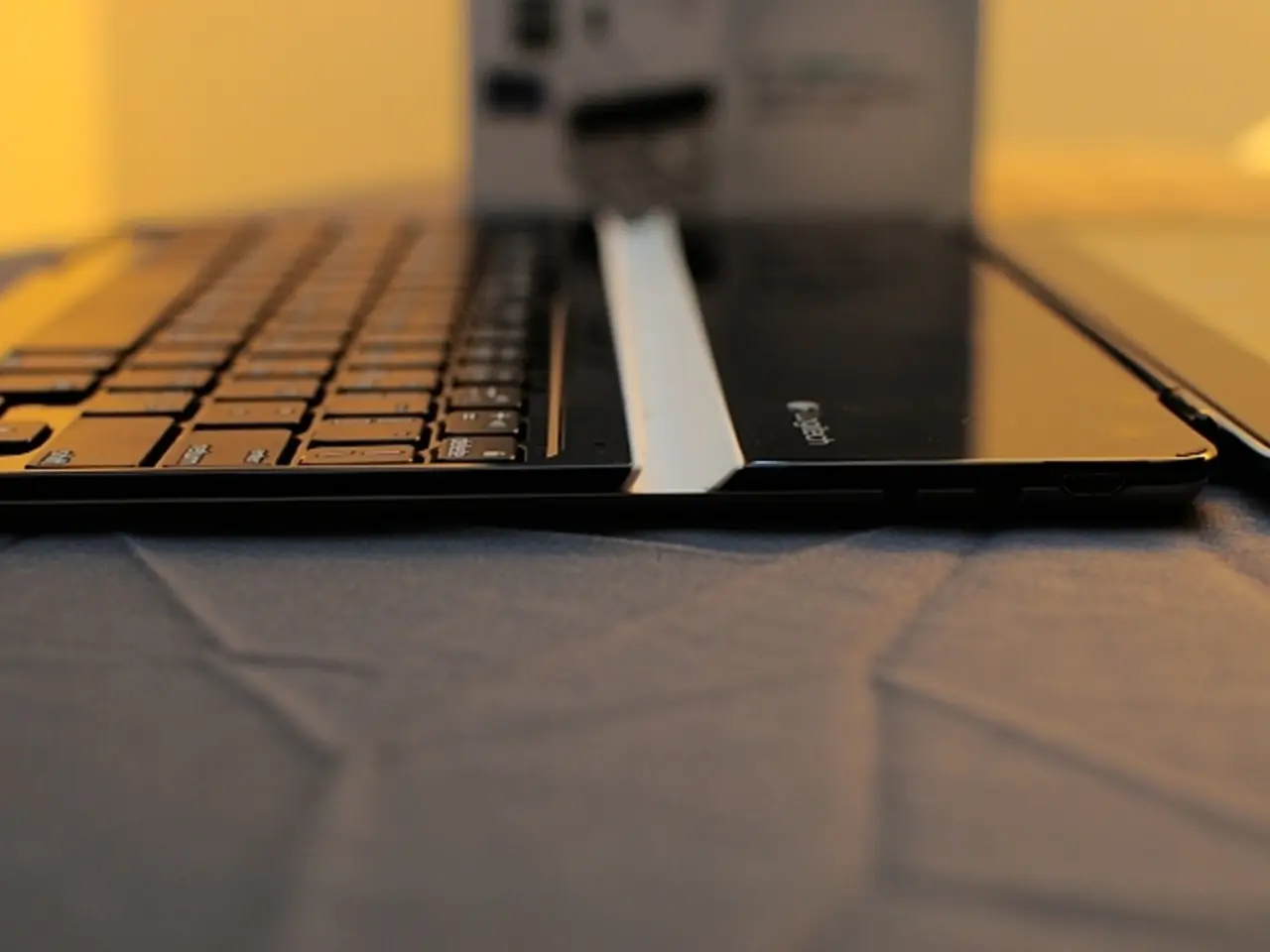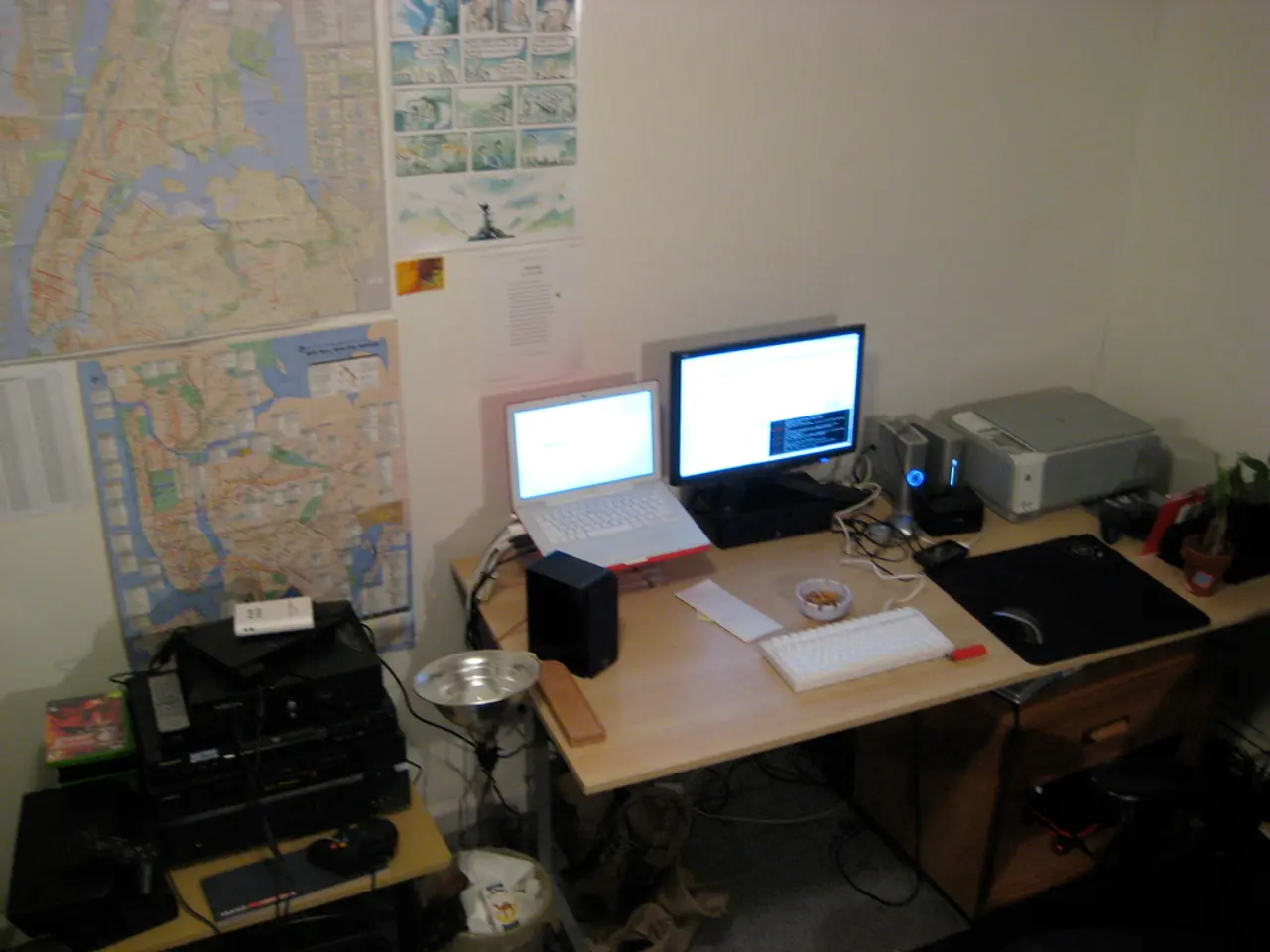Tank-Like Tractors: An Unconventional War Effort
Innovations Fueling the Front Lines of the Great Patriotic War: A Closer Grip on Victory through Flamethrowers and Fire Trucks
In the heat of war, innovation reigns supreme. Convert a tractor into a tank by slapping on some armor? Why not, if it means securing a victory! The first armored tractors, the T-16 (HТZ-16) and its Stalingrad counterpart, the STZ-3, were born in the crucible of war, with production kicking off in Kharkiv, Stalingrad, and Odessa in 1941.
The T-16 weighed 8 tons and sported a 45mm gun and machine gun, making it a clunky, yet determined anti-tank self-propelled gun. Its design bore a striking resemblance to Lenin's armored car, but on tracks. The T-16 saw action in battles for Kharkiv, the defense of Poltava, and even defended Moscow, before meeting its end in 1942. Kharkiv, a bustling industrial hub, was a key player in the production of these vehicles, despite the war wreaking havoc on its infrastructure.
The STZ-3, the Stalingrad variant of the armored tractor, hailed from Kharkiv as well. Meanwhile, nestled in Stalingrad itself, the chassis of the STZ-5 "Stalinets" was retrofitted to house a reactive mortar known as "Katyusha." During the German-Romanian attack on Odessa in August 1941, the Odessa Machine-Building Plant named after the January Uprising jumped on the tank-making bandwagon, converting STZ-3 into makeshift tanks. They were armor-clad with ship plate steel, and planks laid between the plates. Bullets and shrapnel were no match for thisless-than-stellar defense, but the armor was powerless against a direct hit. To compensate, they packed the tanks with two machine guns and, to add to the spectacle, a fake gun.
With the rumble of engines and the flash of swaying headlights, these "NI-1" tanks (short for "On Scare") struck fear into the Romanian infantry, forcing them into a hasty retreat in September 1941.
Shovels-Turned-Mortars & Wood-Burning Trucks
With the war engine in full swing, innovation flourished. In search of a multi-tasking weapon to arm the common soldier, Mikhail Dyakonov, a designer from Kolomna, conjured a peculiar hybrid: the squad mortar shovel (VM-37). The decrepit shovel was transformed into a barrel from which light mines flew, effectively combining a mortar and shovel into one portable package. A staggering 15,000 of these hybrid weapons were produced, but the idea of a versatile, soldier-friendly weapon was short-lived. The shovel proved feeble, accuracy suffered, and the soldiers were left to lug mine pouches and their regular rifles and ammunition. Nonetheless, some units bravely clung to the makeshift mortars until 1943.
As fuel became scarce, innovative solutions were sought to keep transportation running. Wood-burning trucks, already in existence before the war, found new relevance. Wood-fueled gas-generating units were installed on trucks, allowing them to keep pace with gasoline-powered trucks, despite running on a more rudimentary energy source. These trucks could refuel anywhere with dry, sound wood, but they required patience in long cold starts and tedious cleanings. Still, these vehicles remained in circulation long after the war, particularly in regions with abundant wood supplies.
Other Unusual Weapons & Gadgetry
When the Soviet people faced a pressing need, they crafted solutions, no matter how unconventional. Take, for instance, the Molotov cocktail launcher, dreamt up by engineer Veniamin Tsukerman in 1942. The device hurled a bottle filled with a flammable mixture (similar to a Molotov cocktail) up to 80 meters away, providing soldiers with a ranged means of attacking tanks. The launcher was incredibly simple; it attached to the barrel of a Mosin rifle and fire using a blank cartridge.
While the launcher's design was revolutionary, its execution left much to be desired. The ordinary bottle shape wasn't ideal for flight, so special glass was commissioned from a factory in Tatarstan, which delivered them by female cross-country skiers. The bottles were filled with a flammable mixture based on kerosene, with sulfur and white phosphorus added to make the cocktail burn even in water. Unfortunately, the launchers proved unreliable, with some bottles exploding mid-air. Despite these shortcomings, the launcher saw action in the defense of Stalingrad and was even employed during the capture of the German city of Breslau (now Polish Wrocław) in 1945.
The war brought forth a plethora of ingenious weapons and contraptions, born out of necessity and fueled by the spirit of innovation. While T-34 tanks, "Katyusha" rocket mortars, and Shpagin submachine guns are renowned for helping the USSR emerge victorious, lesser-known weapons like armored tractors, shovel-turned-mortars, and wood-burning trucks played their part in the Soviet war effort, ensuring that the fight against the Axis powers was far from predictable.
In the face of war's challenges, technology was harnessed to create unexpected weapons. For example, an armored tractor was developed in Wrocław, a city that saw post-war activity, perhaps drawing on its industrial past. This weapon, despite its drawbacks in fragmentation resistance, served during the defense of the city.
Innovation also led to the transformation of a common shovel into a mortar, the squad mortar shovel (VM-37), which was produced in significant numbers but faced issues of accuracy and portability.
Moreover, in response to fuel shortages, wood-burning trucks were repurposed to run on a more readily available energy source, proving useful even after the war in regions with abundant wood supplies. While these examples may not have been as effective as conventional weapons, they demonstrate the ingenuity and resourcefulness of the Soviet people during the war effort.




